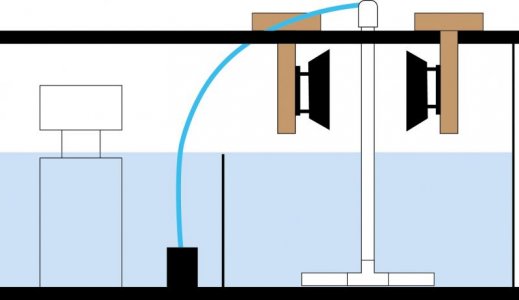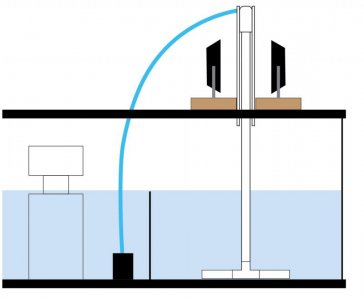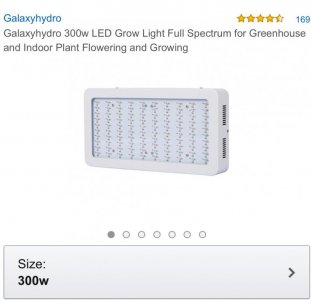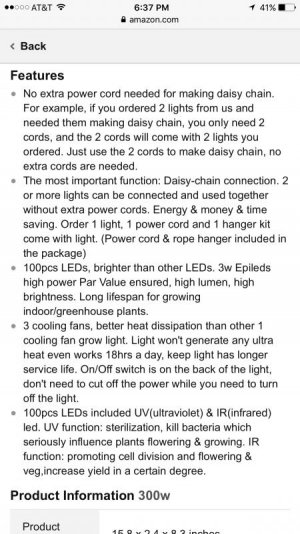karimwassef
Active member
I wouldn't worry about keeping condensation off the plastic-the sun will punch plenty of light through.
How about using a fan for temp control and if it helps with condensation, that's a side benefit?
Won't it be a royal pain to climb on the roof to harvest?
I have an attic space in my garage that vents to the roof directly. I'd basically have attic access without getting on the roof.
Maybe I can runs line from my attic fan to create some suction.





